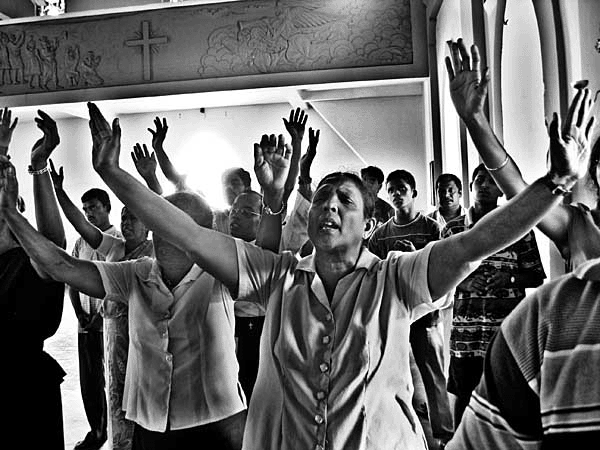A photo book “Black Tsunami” by James Whitlow Delano documenting the devastation of the 2011 Tohoku tsunami, published by FotoEvidence

- ?Launched:?Apr 15, 2013
- ?Funding ends:?May 15, 2013
“We started north from Tokyo at three in the morning, in a rented mini-van loaded with jerry cans of extra fuel, drinking water and food, all of which would be in short supply. We crossed to the Sea of Japan coast of Honshu because of rumors about an imminent nuclear meltdown at the Fukushima Daiichi power plant.
There would be an explosion at Fukushima Daiichi later that day which would deposit a massive amount of nuclear fallout on the ground, creating a nuclear no-man’s land, but we were unaware of the severity of the situation on the other side of the island, as we were focused on getting over to Iwate Prefecture safely.? By the next morning rain had turned to snow. In the center of the island gasoline was being rationed and lines of cars stretched for kilometers.? Supply lines in Japan for everything, including food and bottled water, were already breaking down.? In fact, we had to abandon the mini-van and hire a taxi that used propane for the lack of gasoline.? The snow intensified in the tsunami zone. I wanted to climb right out of the taxi window, so intense was the desire to record the unthinkable.? Still, we had little notion that life in Japan would never be the same again.?
James Whitlow Delano,?an American photojournalist who has lived in Japan for 20 years, captured conditions immediately following the Tohoku tsunami and has been back several times to record the eerie emptiness of the contaminated no-entry zone and the conditions facing displaced people.
FotoEvidence?is partnering with James to produce a hard copy book of his work, ?Black Tsunami: Japan 2011,? a beautiful but haunting portrait of the devastation left by the great tsunami that killed more than 18,000 people and caused the nuclear meltdown that has permanently displaced tens of thousands. James? images of farms and villages in the exclusion zone show an uninhabited landscape where ancestral graves lie in neglect, where pets and livestock have been left to perish, and massive mountains of contaminated debris have become permanent features of the landscape. He takes us to the shelters where displaced families huddle around heaters for warmth and struggle with understanding their uncertain future.




The Book
?Black Tsunami: Japan 2011? will be an important book because the Tohoku tsunami and subsequent meltdown at the Fukushima Daiichi nuclear power plant have had a profound effect on the Japanese psyche. James’ work reveals a deep appreciation for the beauty of Japan and profound compassion for those whose lives have been devastated by both the tsunami and the nuclear meltdown it provoked. The book is designed by Mark Weinberg, whose recent work for FotoEvidence was recognized as one of the best books for 2011 by Photo Eye.The hard cover, black and white book will be printed using a four color process at?Ofset Yapimev?in Istanbul.
The iPad version of “Black Tsunami: Japan 2011” (FotoEvidence) took the bronze medal in the digital book category at PX3 in 2012.
Afterword by Bill Emmott
The afterword in the book is written by?Bill Emmott, former editor of of?The Economist, the world’s leading weekly on international current affairs, now an independent writer and consultant on international affairs, who writes regular columns for?The Times?in Britain and?La Stampa?in Italy.
From the afterword
“An outsider?s memory is of little importance compared with the memories of the people of Tohoku, and of the rest of Japan, for they will not forget March 11th for centuries, if ever. But it is nevertheless important to share those Japanese memories, in however small a way, to maintain a sense of solidarity, of understanding, and above all of our human vulnerability in the face of nature?s force.”
From James Delano dedication
“This book is dedicated to the people whose lives were lost, or continue to be disrupted because of the Black Tsunami.?This natural event created a cleavage in Japanese history and in my life here in Japan. It has truly been a ?Year Zero?. To stand on solid ground and look up to third floor windows or higher impaled by trees, has forever cemented my sense of humility and awe for the forces of nature. A lot of people, young and old, weak and strong, needlessly lost their lives that day. I think about them, especially when walking through the cities where they once lived along one of the most beautiful coastlines on the planet.”
Links to the Black Tsunami project



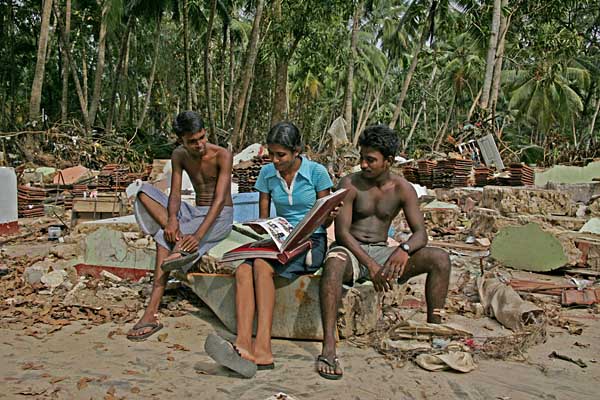


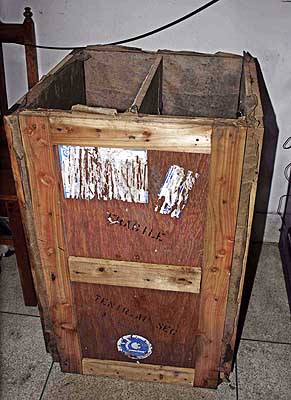

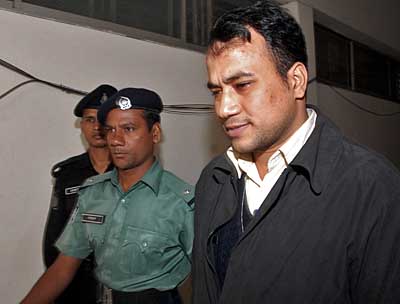
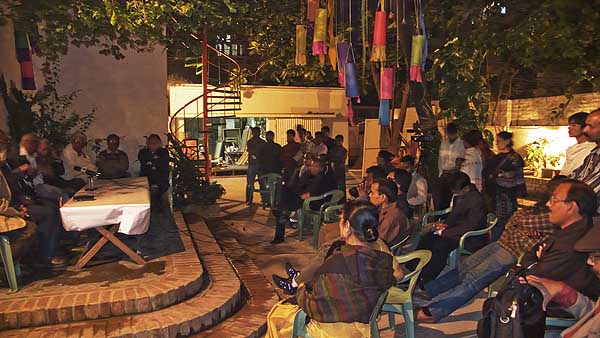
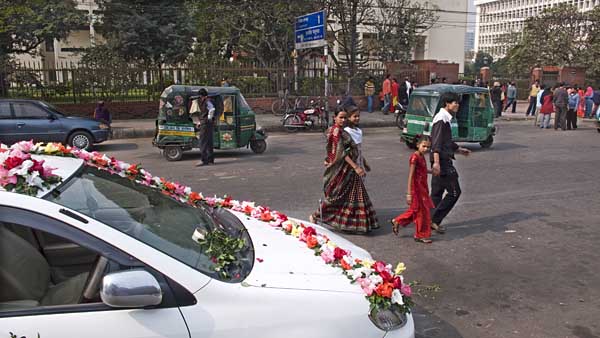
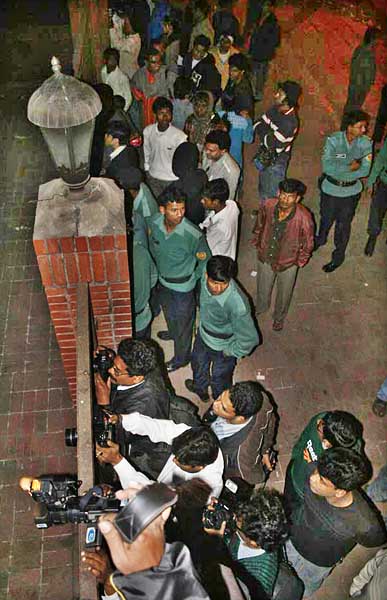
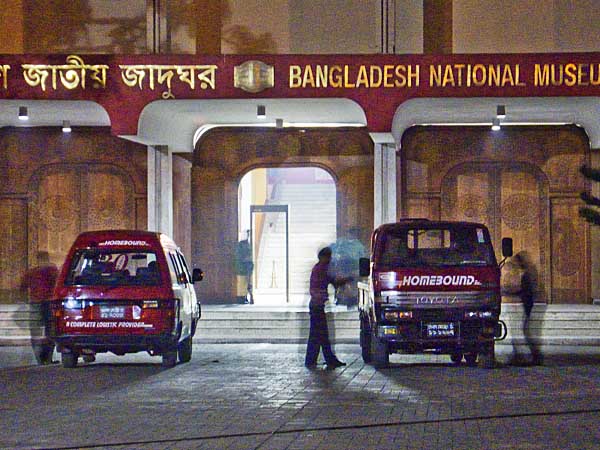
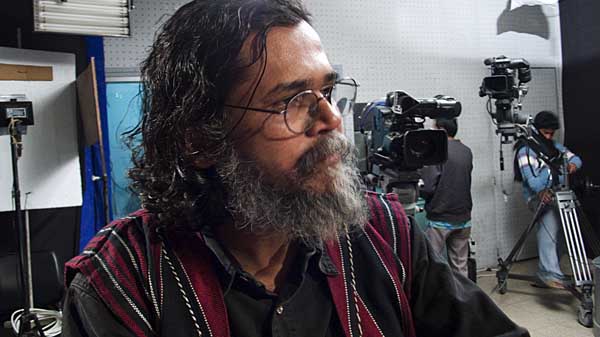
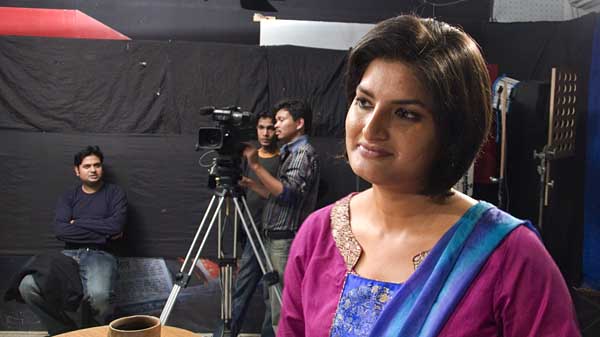
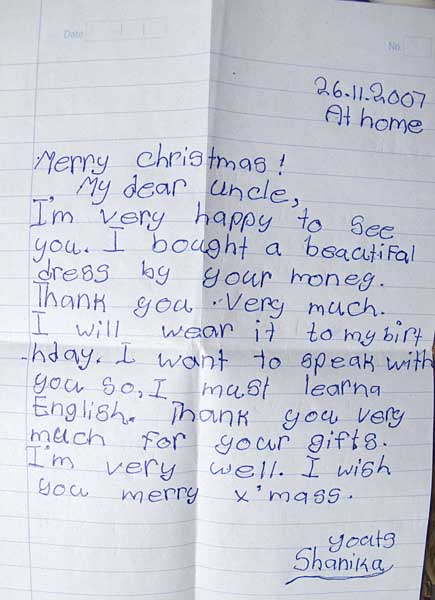 Letter from Shanika, received earlier in the month.
Letter from Shanika, received earlier in the month. 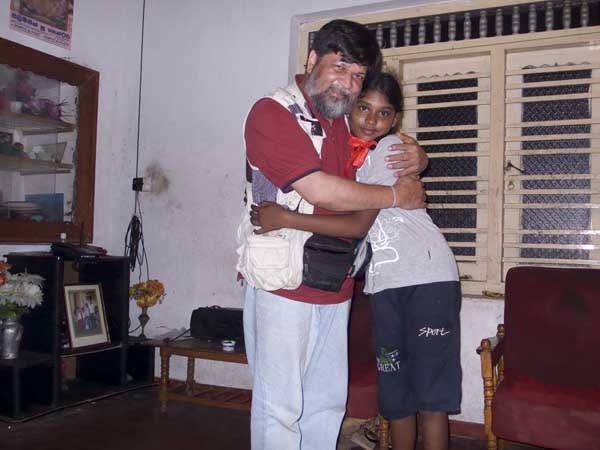 During an assignment for Help The Aged in Sri Lanka last month, I had sneaked a visit to Totagumuwa, in Hikkaduwa to see Shanika. The Tsunami had taken away her mother and her three sisters (including her twin sister). Phot
During an assignment for Help The Aged in Sri Lanka last month, I had sneaked a visit to Totagumuwa, in Hikkaduwa to see Shanika. The Tsunami had taken away her mother and her three sisters (including her twin sister). Phot




